
KUALA LUMPUR, Feb 11 — It’s strange. Most years, Valentine’s Day will come and go without us noticing. We don’t celebrate it.
It’s not that we are curmudgeons who tell anyone who would listen to us that romance is dead. We are happy to see others enjoying their special day, go on romantic dates, help florists flourish and bring smiles to the faces of embattled food and beverage entrepreneurs.
It’s more that we aren’t into the crowds that inevitably render any notion of a private candlelit dinner moot when every table around you has been reserved weeks in advance and your neighbours are dining from the exact same set menu.
(Which makes sense, given the higher volume; to better allow the restaurateurs and their team — from the kitchen crew to the front of house — to focus on making your evening as enchanting as possible.)
So you will understand, I am sure, why we rather stay at home and have a quiet meal, just the two of us. A strange notion for some, to seek intimacy within the four walls of a space that we already spend all our dreaming and resting hours in, but perhaps we aren’t extroverts; perhaps we don’t draw energy from the presence of strangers.
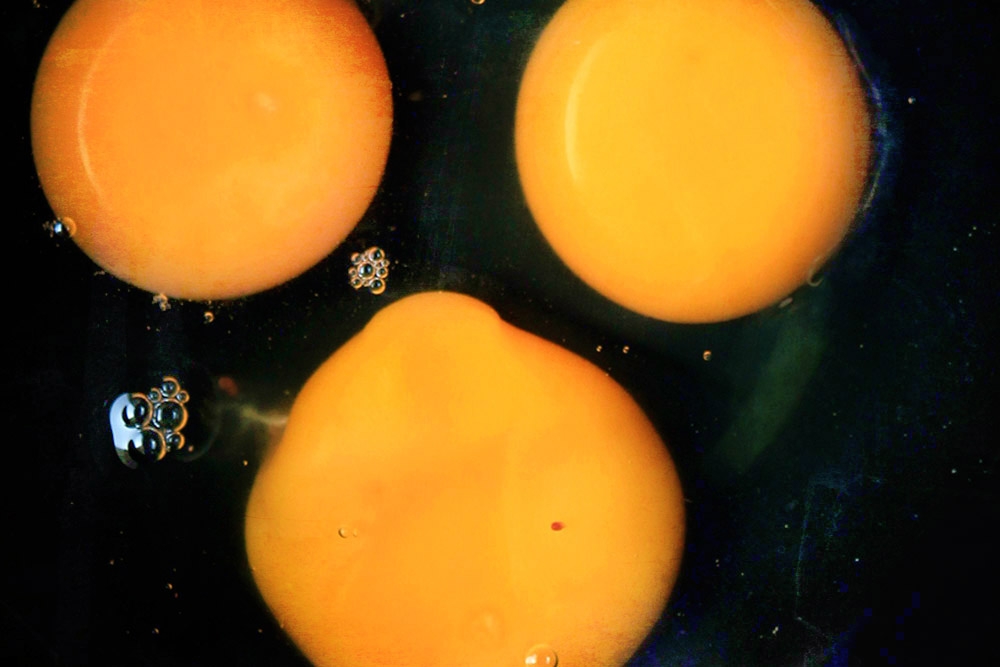
Why don’t we cook, rather than order in? And here’s an extraordinary idea: instead of one of us cooking for the other, why don’t we cook together?
Perhaps sacrilegious to those who are used to being taken care of, hand and foot, during a dinner date — but also the most sensible and practical.
When we don’t get to spend as much time together as we would like, why would we allow one to slave away in the kitchen while the other waits and waits, scrolling through an infinite social media feed of melancholy and sadness?
Indeed, this is too good an opportunity to pass, to discover our tiny triumphs and trials as we crack fresh eggs and hunt down the whisk.
We forgive each other's flaws and foibles as we negotiate and compromise, deciding that a sachet of instant dashi makes more sense than making the stock from scratch.
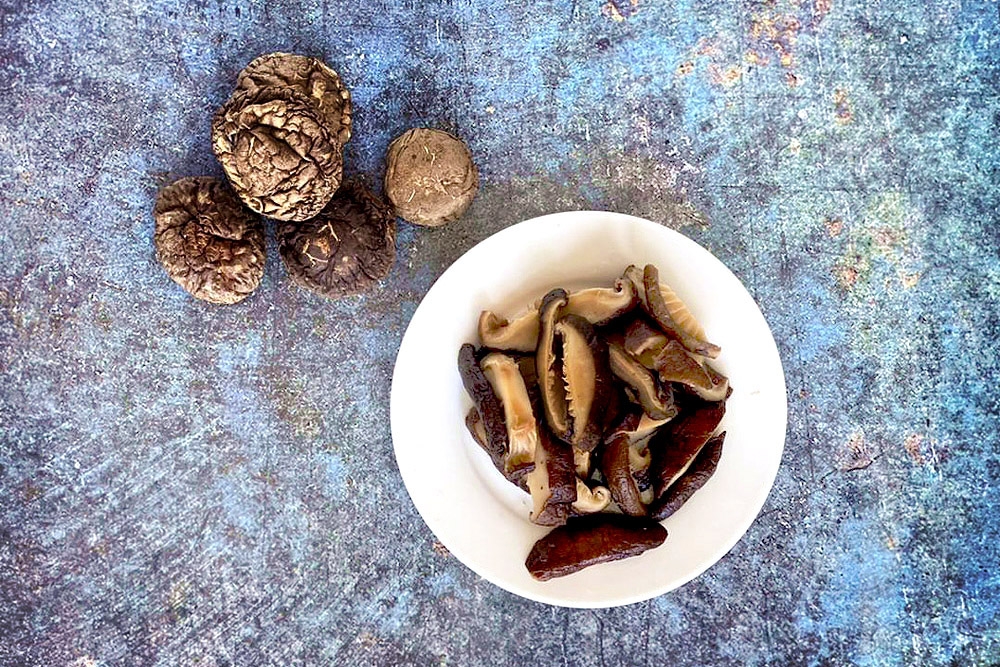
One of us can slice the shiitake mushrooms into uneven strips (reminding us to stick it through thick and thin, though you may groan at this pun); the other starts straining the egg mixture to ensure there are no stray bits that might impede a silky-smooth finish.
What are we making, you ask? If you haven’t already guessed, and many of you probably have (there is also the matter of the headline of this piece and the accompanying pictures, but we do not like to assume), we are making chawanmushi.
Most of us have already enjoyed this Japanese steamed egg custard before and have our own savoury-sweet memories of it. I know you have yours. Ours wasn’t at a Michelin-starred establishment with an inhumanly long waiting list.
No, our favourite chawanmushi required that we get our hands dirty (well, immaculately clean to be exact, but you understand what I mean) and make the dish ourselves during a cooking class in Kyoto many years ago.
It’s one thing to have it served to you at a restaurant, often part of a set meal, and quite another to wait eagerly for the minutes to pass when you can remove it gingerly from the hot steamer and relish every wobble as you dig in with a tiny wooden spoon almost as precious as your beloved.
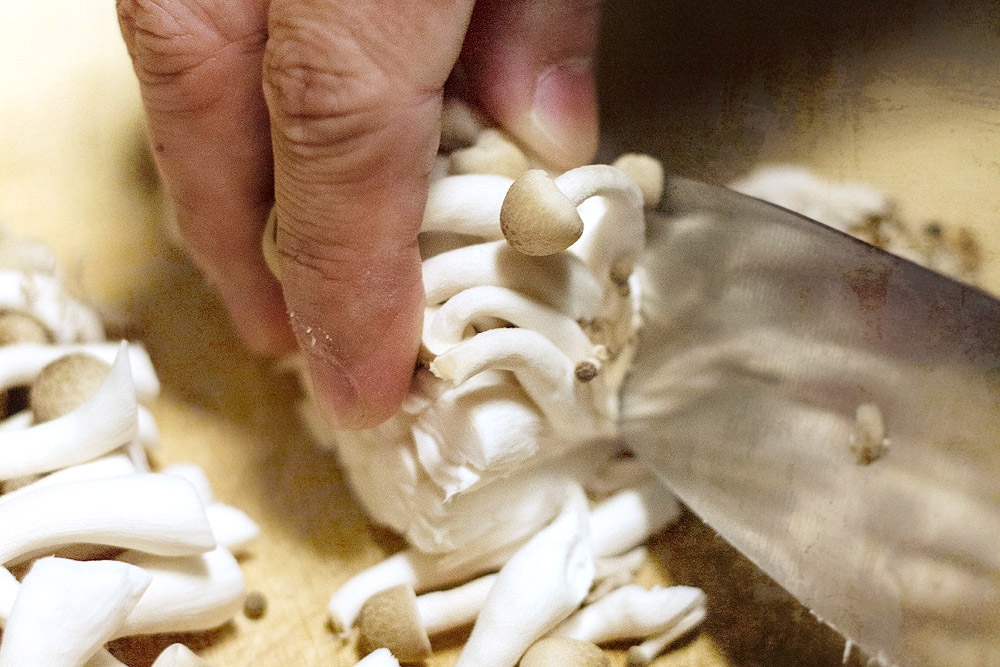
Happy Valentine’s Day (soon, in a few days). Make your own chawanmushi. Make it with the one you love and enjoy it together, down to the last wobbly spoonful.
CHAWANMUSHI
In Japanese, chawanmushi can be translated literally as "tea cup steam” or more meaningfully as an egg custard steamed in a small bowl.
Though no sugar is used here, there is natural sweetness in the stock thanks to the dashi broth and mirin, a type of Japanese sweet rice wine. Prawns, which are a common inclusion, also adds to the sweetness.
The umami comes from some of the ingredients such as mushrooms and again, the dashi. So this is more of a savoury or savoury-sweet egg custard rather than the sweet dessert versions of European cuisines.
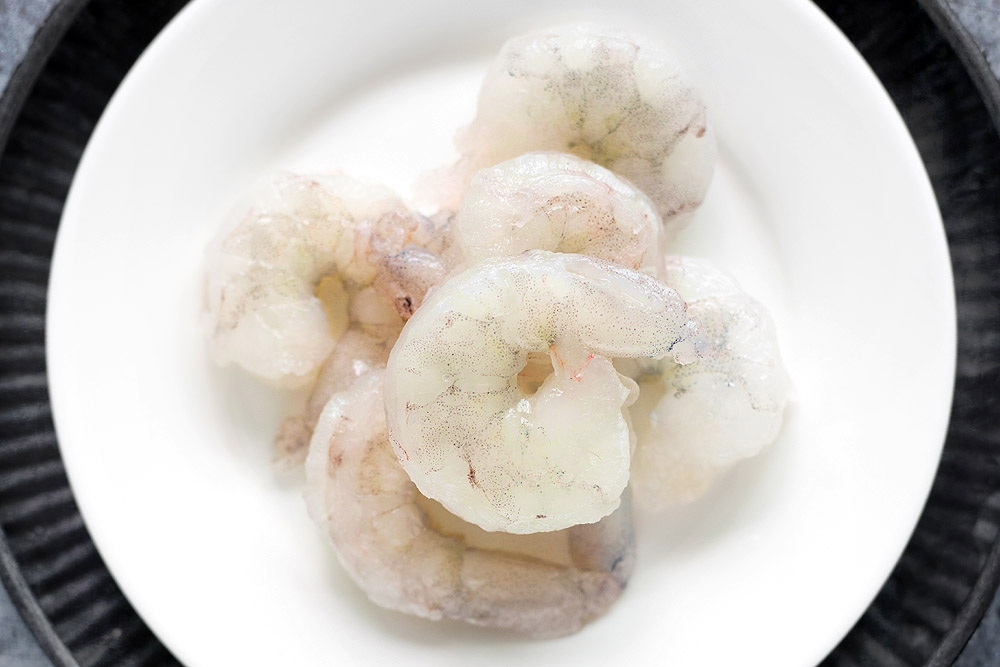
You can play with any ingredients, from sliced fish cake (the iconic white ones with pink swirls are called narutomaki and are made from surimi or white fish paste) to golden orbs of ginkgo. Using a variety of mushrooms such as shiitake and bunapi gives the chawanmushi more depth of flavour.
There are no real rules here except don’t neglect to strain the egg-dashi mixture — at least once, twice might be better — to ensure a silky-smooth finish to your chawanmushi and indeed, perhaps your date night too.
Ingredients
2 whole eggs and 1 egg yolk
1 teaspoon mirin or other sweet rice wine
1 teaspoon light soy sauce
400ml dashi stock (prepared from a sachet of instant dashi)
2 shiitake mushrooms, sliced
Small bunch of bunapi mushrooms, sliced
½ log of narutomaki fish cake, sliced into discs
4 medium-sized prawns
6-8 gingko nuts, hearts removed with a toothpick
Some sliced green onion
Method
Add the eggs, mirin and light soy sauce to a large mixing bowl. Whisk lightly to prevent creating too many air bubbles.
Slowly incorporate the dashi stock, one ladleful at a time. Once the egg-dashi mixture is well combined, strain it using a sieve into another bowl. If there are still air bubbles, strain a second time till the mixture is smooth.
Divide the mushrooms, fish cake, prawns and ginkgo into two large tea cups or small bowls. Pour the egg-dashi mixture over these ingredients, making sure it is divided equally between both cups.
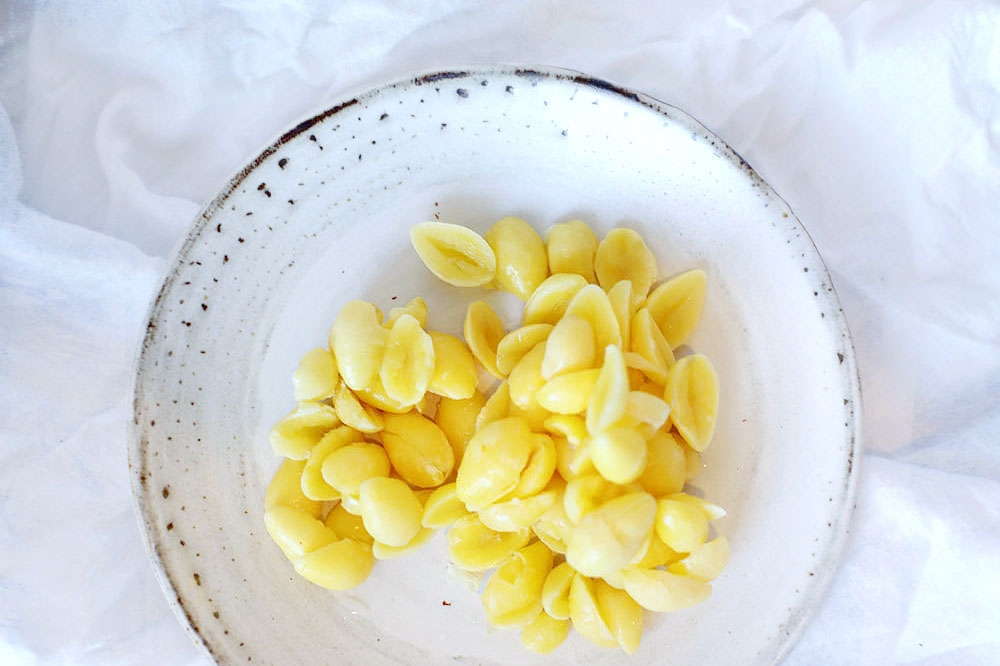
Bring a steamer (or a wok filled with water and using a steamer rack) to boil. Place the cups into the steamer, making sure to cover the cups with a clean tea cloth to prevent water drops falling onto the surface of the chawanmushi.
Cover the lid of the steamer and turn the heat down to low. Steam for about 8-10 minutes until the chawanmushi has nearly set.
Turn off the heat and leave the steamer covered so the chawanmushi may finish setting. Once set, remove from the steamer. Garnish with sliced green onion and serve immediately.
For more Weekend Kitchen and other slice-of-life stories, visit lifeforbeginners.com.
* Follow us on Instagram @eatdrinkmm for more food gems






















